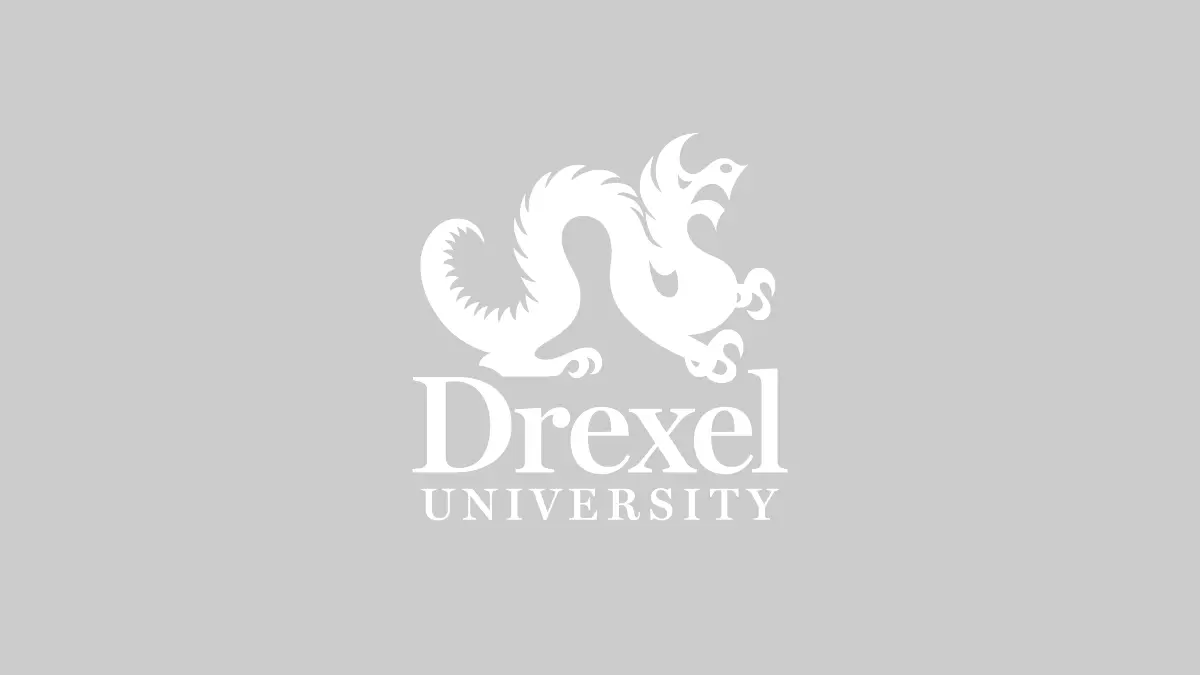
CFO Alliance Roundtable: Rethinking Capital Structures
Michael Gombola, Ph.D., Drexel LeBow’s Finance Department Head, discussed the process and strategy required to obtain and allocate capital during a roundtable summit at the CFO Alliance’s Philadelphia Chapter June 14. During his remarks, Gombola also addressed how academia has adjusted its approach to understanding capital structure decisions over time.
According to Gombola, capital structures can be determined opportunistically or strategically: the former indicates that a firm reacts to capital market conditions and investment opportunities; the latter refers to the recognition of a specific target range. Gombola presented a historical and academic perspective of how academic work on understanding these two approaches has progressed over time.
Gombola cited examples from his research to discuss how a firm’s target can shift in the short- and long-term. According to his analysis, recently acquired firms revert back to their per-acquisition capital structure despite changes in post-merger asset characteristics. In particular, studies of Chinese firms show that they take a long-term view regarding their capital structure decisions and appear to consider future growth opportunities in allocating their current capital structure.
During the discussion, CFO Alliance attendees shared pearls and discussed various aspects of their own investment needs, including the stability of their investment needs, if their capital structure targets take into account the need for unused debt capacity to fund investments, and their willingness to pay for flexibility in obtaining new capital.
According to Gombola, some companies choose to finance their growth with operating cash flows vs. debt.
Gombola emphasized that some firms have a fixed capital structure while others are very flexible in their financing decisions. Firms need to assess their present capital structure, determine where it should be and be ready to react quickly to new investment opportunities.
